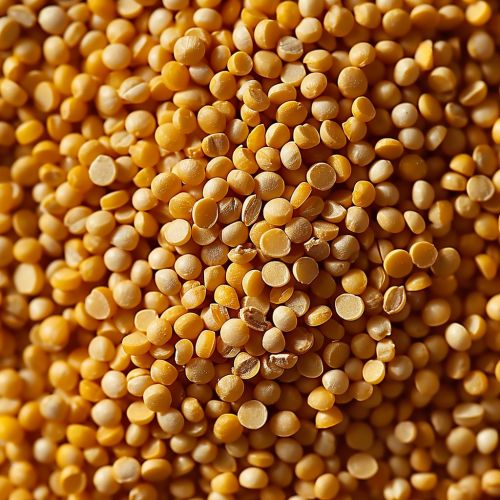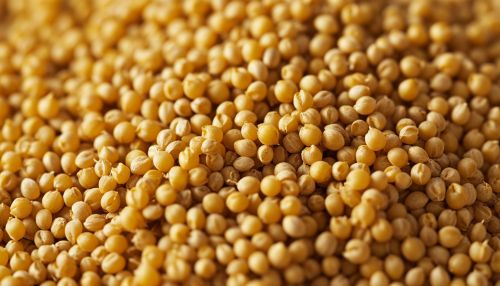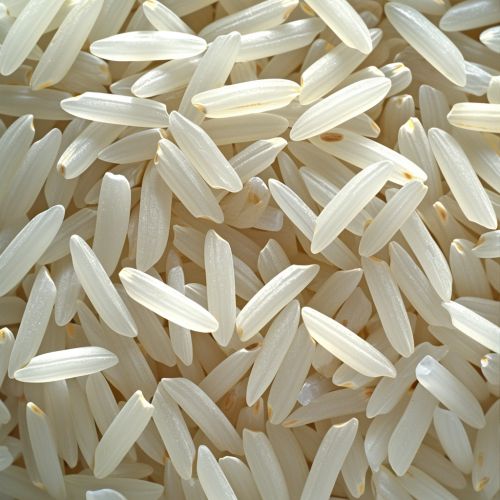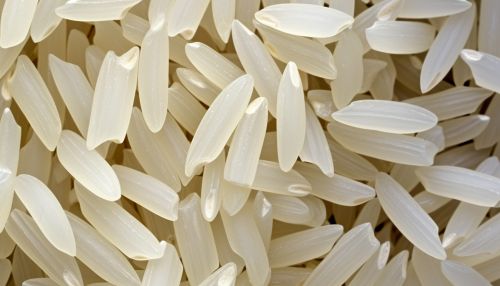Millet and Rice
Introduction
Millet and rice are two of the most important cereal crops in the world, both in terms of their nutritional value and their economic significance. They have been cultivated for thousands of years and have played a crucial role in human civilization. This article provides a comprehensive and detailed exploration of these two grains, delving deeper than general summaries to provide expert-level information.
Millet
Millet is a group of small-seeded grasses, widely grown around the world as cereal crops or grains for both human food and fodder. They are important crops in the semiarid tropics of Asia and Africa, with 97% of millet production taking place in developing countries.
Types of Millet
There are several types of millet, including pearl millet, finger millet, proso millet, and foxtail millet. Each type has its own unique characteristics and uses.
Cultivation and Uses
Millet is typically grown in dry regions due to its drought-resistant properties. It is often used as a staple food, particularly in parts of Africa and Asia. In addition to its use as a food source, millet is also used in the production of alcoholic beverages, and as a grazing crop for livestock.


Rice
Rice is the seed of the grass species Oryza sativa (Asian rice) or Oryza glaberrima (African rice). It is the most widely consumed staple food for a large part of the world's human population, especially in Asia.
Types of Rice
There are many different types of rice, including long-grain rice, short-grain rice, and medium-grain rice. Each type has its own unique texture and cooking properties.
Cultivation and Uses
Rice is typically grown in water-filled paddies and requires a lot of water for cultivation. It is a staple food in many parts of the world, particularly in Asia. In addition to its use as a food source, rice is also used in the production of alcoholic beverages, and its by-products are used as animal feed and in various industrial applications.


Comparison of Millet and Rice
While both millet and rice are important cereal crops, they have distinct differences in terms of their cultivation requirements, nutritional content, and uses. For instance, millet is more drought-resistant than rice and can be grown in drier regions. In terms of nutritional content, millet is generally higher in fiber and minerals, while rice is a good source of carbohydrates.
